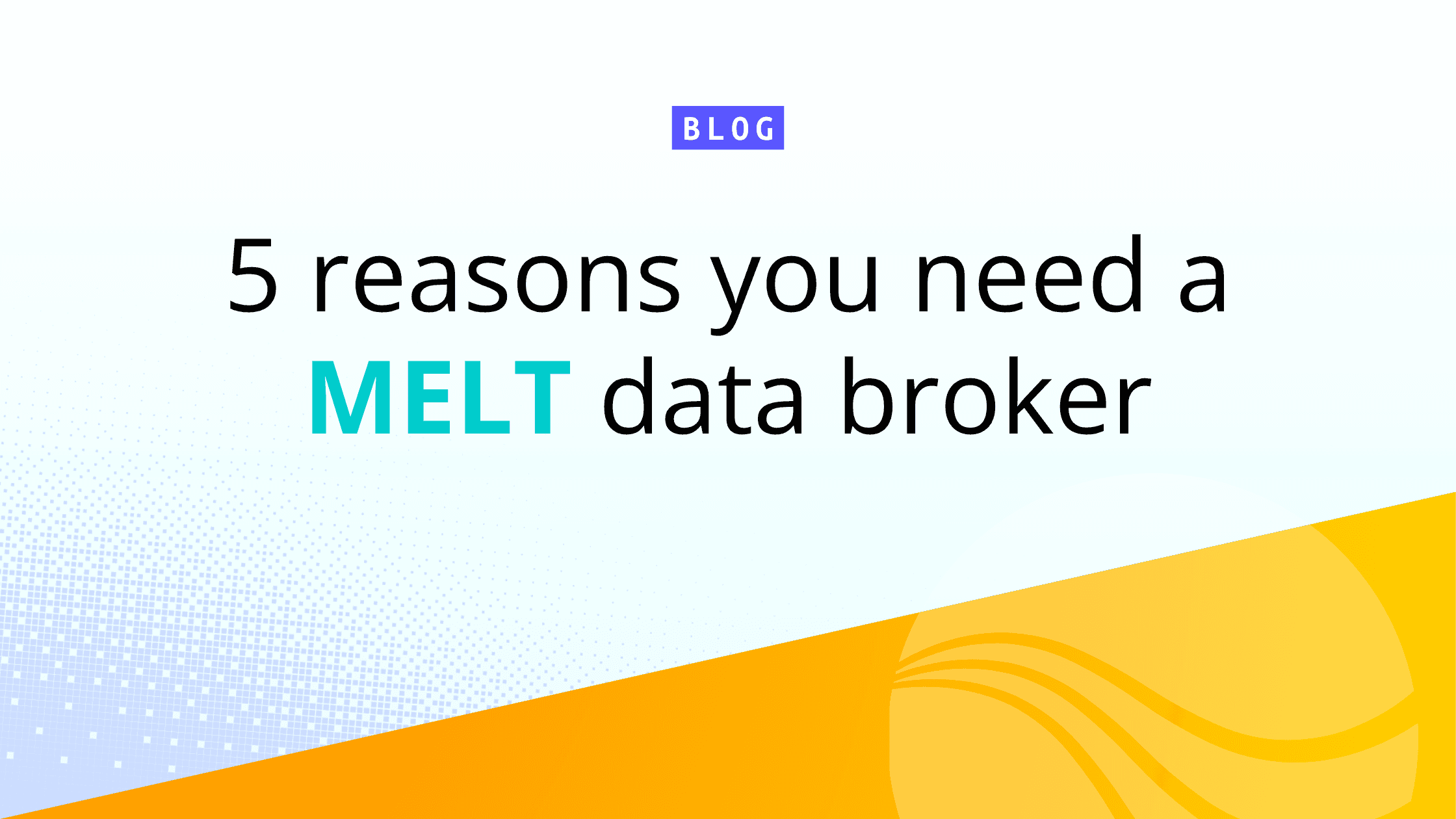If you’re unfamiliar with observability, you might think an “observability engineer” is just a fancy way to say data admin — but while observability engineers often work with data admins, they work toward different goals. Data admins monitor information to identify and fix known security issues. Observability engineers work to provide a complete picture of all the data a company aggregates and what it means for a business. Both are important, but some nice collaboration between the two can work wonders for your organization’s data management. So, what should an “observability team” do?
Observability… What’s That?
Observability is knowing what’s going on in your environment. You have to make all the data coming into your network (logs, metrics, and traces) available so you can make sense of it. But businesses collect insane amounts of raw data, so manually digging through it all to find valuable insights would take eons.
That’s why observability engineers use analysis tools to arrange raw data into searchable indexes. Businesses then use those indexes to figure out where the data needs to go, which departments need to use it, and what format it needs to be in so that it’s compatible with each department’s data tools.
Why Do I Need Data Observability When I Already Have Data Monitoring?
A lot of people confuse data observability with data monitoring. Observability and data monitoring are both important and are used in conjunction, but they’re not the same thing. Data monitoring is an action, while observability is a concept.
With data monitoring, you keep track of known failure states. For example, you might set up your system to send you an ICMP PING to tell whether or not a particular device is available on your network. Observability, on the other hand, helps you find unknown failure states — it shows you a complete overview of your entire network so you can find issues and see what’s causing them.
With observability, rather than looking for specific failure events, you comb your entire network for behavior that could lead to programs failing. Observability tools help you drill down to find issues that may have gone unnoticed for a long time.
At one of my former companies, our SQL cluster kept failing, and we used observability tools to discover that things were crashing because of a gradual memory increase. After sending that data to the monitoring team, they were able to design an automation system that would restart the SQL server whenever it used a certain amount of memory. The result? The cluster never reached the point where it would shut down. Crisis averted.
Connecting the Dots Between IT, Security, and Consumers
Observability engineers don’t work alone. A big part of the value they bring to the table is that they connect the dots between security, IT, and consumers to create better user experiences.
Observability helps businesses track every consumer touchpoint and understand their overall user experiences – things like how long web pages are taking to load and where consumers are most likely to abandon their site.
These engineers have the visibility to see what’s wrong in their network and analyze why it’s happening. Then they can convey the information to the IT or security team to build solutions.
Controlling Your Data Flow With Cribl Stream
Managing the colossal amount of data that a company collects can be terrifying, even with robust data platforms, like Splunk or Datadog in place. Raw data comes in all sorts of different formats and needs to be sent to several different locations.
To make things even more confusing, so much of the data companies collect is worthless (null values, duplicated entries, and things of that nature). It just takes up space in a logging platform. Too much pointless information clogs your data processes and forces you to buy pricey licenses for platforms with more capacity. Chances are you don’t have an unlimited budget for hardware, storage, and licenses, so cutting down on this kind of data makes everyone happy.
With Cribl Stream, you can be a data sherpa. Stream helps you automate data management and gives you greater control of what data gets stored, where it goes, and what format it’s in. It also helps you automatically do things like enrich or redact data while en route to its destination.
The Business Value of Observability
So if data observability is so important, it must be easy to convince businesses of the value of implementing tools like Cribl, right? Nope.
When teams build their data infrastructure, they learn to work with it, and sometimes fall in love with it. If you just shout, “My systems are better than yours!” from the rooftops, then you run the risk of inciting an angry mob. I recommend treading a bit more lightly.
Instead, I like to operate with the motto “If you build it, they will come.” If you can set up an observability network right, then over time people will eventually start embracing it. Celebrating wins with your consumers is key. For example, if you can use Cribl Stream to save a company hundreds of thousands of dollars by replacing an exorbitant health monitoring system with only a couple of developers, you’ll get people talking.
Visit our website to see how Cribl can help cut down your data storage costs and make your data processes easier to handle.
The fastest way to get started with Cribl Stream and Cribl Edge is to try the Free Cloud Sandboxes.







